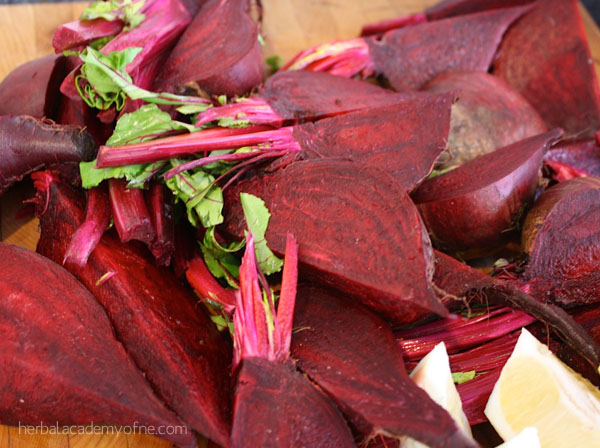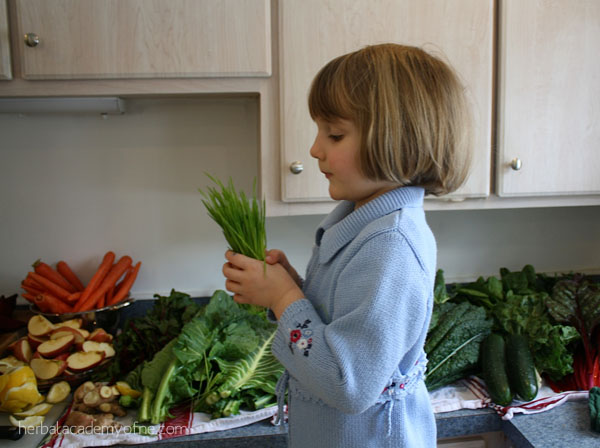
Making the Connection
Sitting down to eat breakfast, I began to look around. Showing prominently in the center of the table was the loaf of 7 grain bread used to make our toast, but there was also cereal of many grains, almond milk, coffee, half-and-half, orange juice, fresh berries, butter, jam, almond butter, honey, flax seeds, chia seeds, dried fruit and nuts, and a spice jar of cinnamon. The makings of a lovely breakfast no doubt but when you stop to think about where this food came from, and from how many countries and how many workers’ hands are represented here, it is daunting.
Whose cows and how many did it take to provide this small carton of half-and-half and this slab of butter? Where did the oranges that my juice is made of grow: Florida, South America, China? How many hands did it take to pick these coffee beans, nuts, and berries? Who milled the flax seeds and the chia seeds? My breakfast table is telling me a story and each morsel of food represents the people and the industries from which it came.

It wasn’t so long ago when people sat down to their breakfast tables and knew where most of their food came from. The milk came from their own cows or from a local dairy farm; fruits and vegetables were grown on their own land; and what people couldn’t grow or raise themselves they bought elsewhere. Eating was a community supported event and not a global affair. Our forebears (great grandparents almost certainly, grandparents most likely, and parents probably) ate foods grown, harvested, and shipped within their area foodshed. Foodshed is a word used today to describe the geographical area in which food is produced and handled right up to the time it is served on our tables. Ideally, we want to keep our foodsheds within a limited mile radius to insure freshness and increased nutritional value as well as to reduce greenhouse gas emissions and fuel costs. We also want to know that no one was harmed in the process and that it was through dedication to the land and to the food that this bounty was brought to our tables.
I don’t think any of us want to go back to a time when we didn’t have the wonderful options we have today. We are preparing, eating, and relishing exotic foods from all around the world. Our winter tables are not subject to meals of root vegetables and preserved foods but vibrant fresh salads, fruits, and vegetables of every kind. What we are missing is the connection to the process. We are missing the pleasure and satisfaction of growing our own food. We aren’t getting our hands in the dirt and smelling the fresh scents of dug earth or pungent sprouts growing. Have you ever examined the thought of how different it would feel to plant a vegetable seed, nurture it, water it, watch it grow, and then harvest it when it was ripe compared to driving to the grocery store and grabbing a vegetable bag of uncertain quality and throwing it in your cart?

Most of us aren’t going to attempt growing our own coffee bushes or sugar cane but we can start with a simple approach just to feel that connection and to nurture our souls. We can also exercise some control over what goes on the food that we eat. We can grow our own foods without using toxic chemicals if we choose. We can grow what we love and desire and we can preserve many of the foods we grow for the winter months, adding them to the foods we decide to buy from our local shops.
From farm to table doesn’t necessarily mean a big operation with acres and acres of grains waving in the wind, silos and tractors; what it does mean is starting from where you are. A potted tomato plant or perhaps a small lettuce patch, anything that begins to put the power of choice back into your own hands and begins the process of farm to table. Maybe you commit to growing peppers while your neighbor grows potatoes and you exchange garden treasures as the season allows. Joining a Community Supported Agriculture (CSA) from a local grower supports the small farmer and gives you some control over where your food comes from and perhaps allows you to opportunity of knowing the farmer whose hands pick your fruits, vegetables, and nuts.

There are over two million farms in the USA and 80% of these farms are small farms. We can help support these small farmers by buying their produce at farmer’s markets and food co-ops or joining a CSA. There are well over 3,500 CSAs and every year this number grows.








